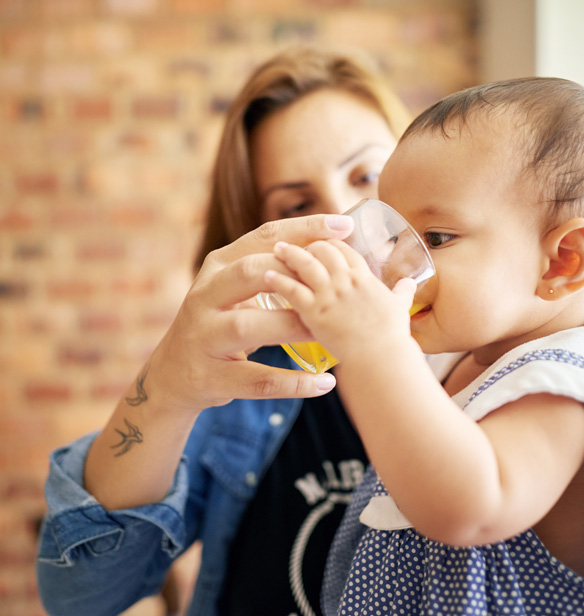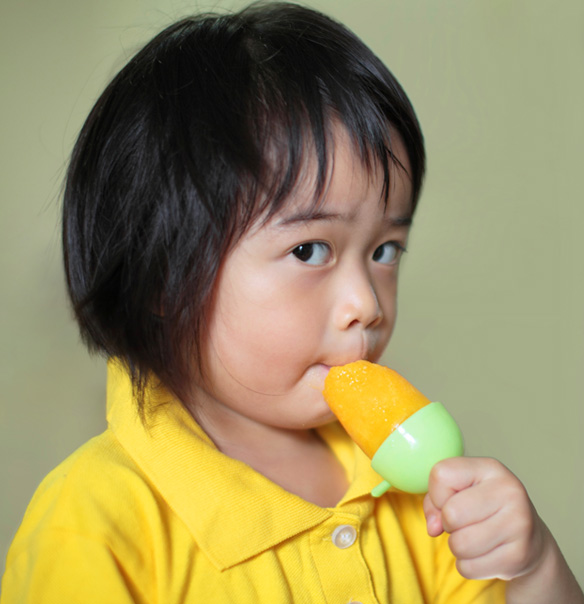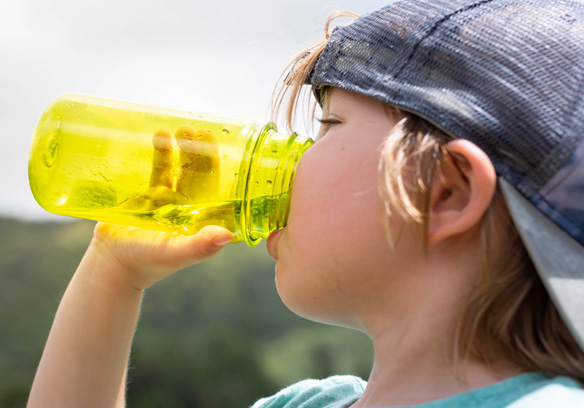It’s important to stay hydrated during outdoor fun and on hot, steamy days. So, with all the beverage choices at the grocery store, how do you choose?
Do children need sports drinks? Are juice drinks healthy? Is water enough on super hot days? To help navigate the world of summer beverages, here are five tips for keeping kids hydrated — and healthy — all summer long.






